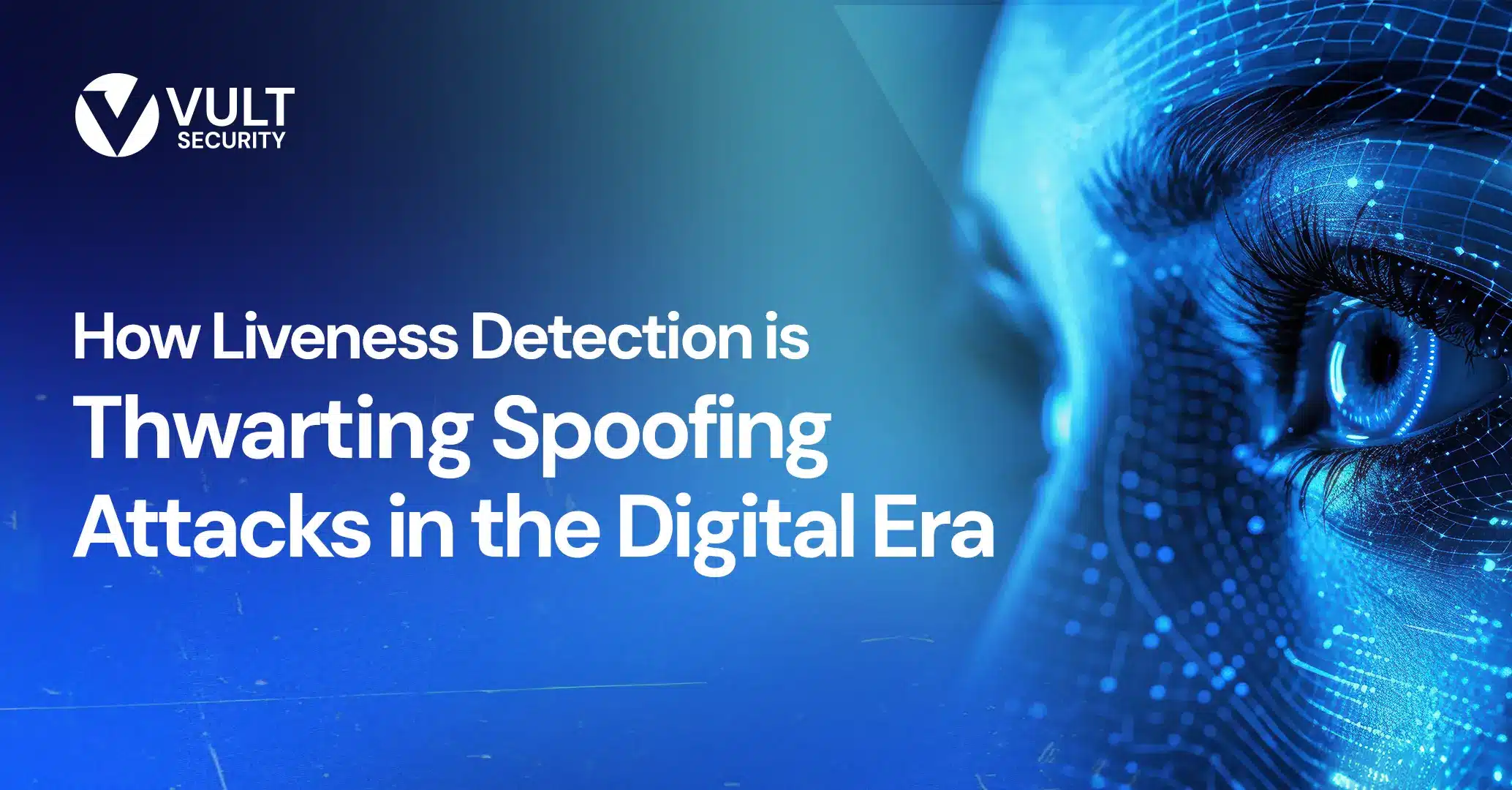
As the digital world expands, so do the vulnerabilities that come with it. Cybercriminals are constantly evolving their tactics to exploit digital systems, with one of the most common techniques being spoofing attacks. These attacks involve tricking biometric systems by mimicking legitimate user’s credentials, facial features, or voice patterns.
To counter this growing threat, advanced biometric systems are integrating liveness detection to enhance security. Liveness detection is emerging as a robust solution to safeguard digital identities and thwart fraudulent activities, particularly in high-risk environments like banking and e-commerce.
Understanding Spoofing Attacks
Spoofing is a type of fraud where an attacker disguises themselves as another user by falsifying data to gain unauthorized access. Spoofing can take many forms, including phishing, IP spoofing, and biometric spoofing. In the case of biometric systems, attackers try to deceive the system using photographs, masks, or videos that replicate a target’s biometric data.
A study by the National Institute of Standards and Technology (NIST) revealed that facial recognition systems are vulnerable to basic spoofing methods, such as using photographs or 3D masks. This highlights the urgent need for more robust systems capable of distinguishing between genuine and fake inputs.
Key Types of Biometric Spoofing:
- Photo Spoofing: Using a static image of the target’s face to bypass facial recognition systems.
- Video Spoofing: Using pre-recorded videos to mimic a legitimate user’s behavior.
- 3D Mask Spoofing: Using lifelike masks to replicate someone’s facial features.
The consequences of successful spoofing attacks can be severe, ranging from financial losses to compromised personal data and even national security breaches. As such, the need for robust anti-spoofing measures has never been more critical.
The Rise of Liveness Detection
Liveness detection has emerged as a powerful countermeasure against spoofing attacks. At its core, liveness detection aims to distinguish between a genuine, live person and an artificial representation. This technology goes beyond simple recognition tasks by actively verifying that the user is physically present and not a static or pre-recorded likeness.
How Liveness Detection Works
Liveness detection employs a variety of techniques to ensure the authenticity of a user:
- Motion Analysis: By detecting subtle movements such as eye blinks, head tilts, or changes in facial expressions, liveness detection can differentiate between a live person and a static image or video.
- Texture Analysis: Advanced algorithms can identify the unique textures and patterns of human skin, distinguishing it from printed photos or masks.
- Depth Sensing: With specialized hardware or software techniques, liveness detection systems can create 3D maps of a user’s face, making it significantly harder to fool with 2D images.
- Reflection Analysis: By examining how light reflects off a user’s face or eyes, these systems can detect the presence of a real, three-dimensional object versus a flat surface.
- Challenge-Response Tests: Some systems prompt users to perform specific actions, such as smiling or turning their head, to prove their liveness.
The Impact of Liveness Detection on Digital Security
The implementation of liveness detection technology has had a profound impact on digital security across various sectors.
Banking and Finance
In the financial industry, where the stakes are particularly high, liveness detection has become an integral part of pre-transaction fraud prevention. By ensuring that the person attempting to access an account or make a transaction is indeed a legitimate user, banks can significantly reduce the risk of unauthorized access and financial fraud.
Mobile Device Security
Smartphone manufacturers have increasingly incorporated liveness detection into their facial recognition systems. This added layer of security makes it much more difficult for attackers to gain access to a device using photos.
Identity Verification Services
Online identity verification platforms have embraced liveness detection to enhance the accuracy and security of their services. This is particularly crucial for remote onboarding processes in industries such as telehealth, online gambling, and e-government services.
Challenges and Future Developments
While liveness detection has proven to be a formidable defense against spoofing attacks, it’s not without its challenges:
- False Positives and Negatives: Achieving the right balance between security and user convenience remains an ongoing challenge. Systems that are too strict may inconvenience legitimate users, while those that are too lenient may allow attackers to slip through.
- Evolving Attack Techniques: As liveness detection technology advances, so do the methods employed by attackers. Researchers and developers must constantly innovate to stay ahead of new spoofing techniques.
- Privacy Concerns: The collection and processing of biometric data raise important questions about user privacy and data protection. Striking a balance between security and privacy remains a key consideration in the development and deployment of liveness detection systems.
Looking to the future, several exciting developments are on the horizon:
- AI and Machine Learning Integration: Advanced AI algorithms are being developed to improve the accuracy and adaptability of liveness detection systems, making them more robust against new types of attacks.
- Multimodal Liveness Detection: By combining multiple biometric factors (e.g., face, voice, and behavior), future systems will provide even stronger protection against sophisticated spoofing attempts.
- Continuous Authentication: Rather than relying on one-time checks, future systems may continuously monitor user behavior to ensure ongoing liveness and authenticity throughout a session.
Final Thoughts
As we navigate the complexities of the digital age, liveness detection stands out as a critical technology in the ongoing battle against spoofing attacks. By providing a robust means of distinguishing between genuine users and fraudulent attempts, liveness detection is playing a pivotal role in securing our digital identities and transactions.
While challenges remain, the rapid pace of innovation in this field promises even more sophisticated and effective anti-spoofing measures in the future. As we move forward, the continued development and refinement of liveness detection technology will be essential in maintaining trust and security in our increasingly digital world.